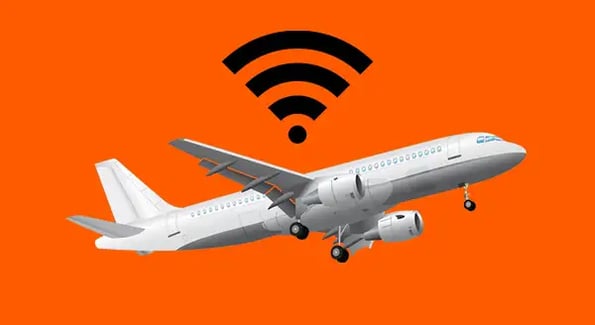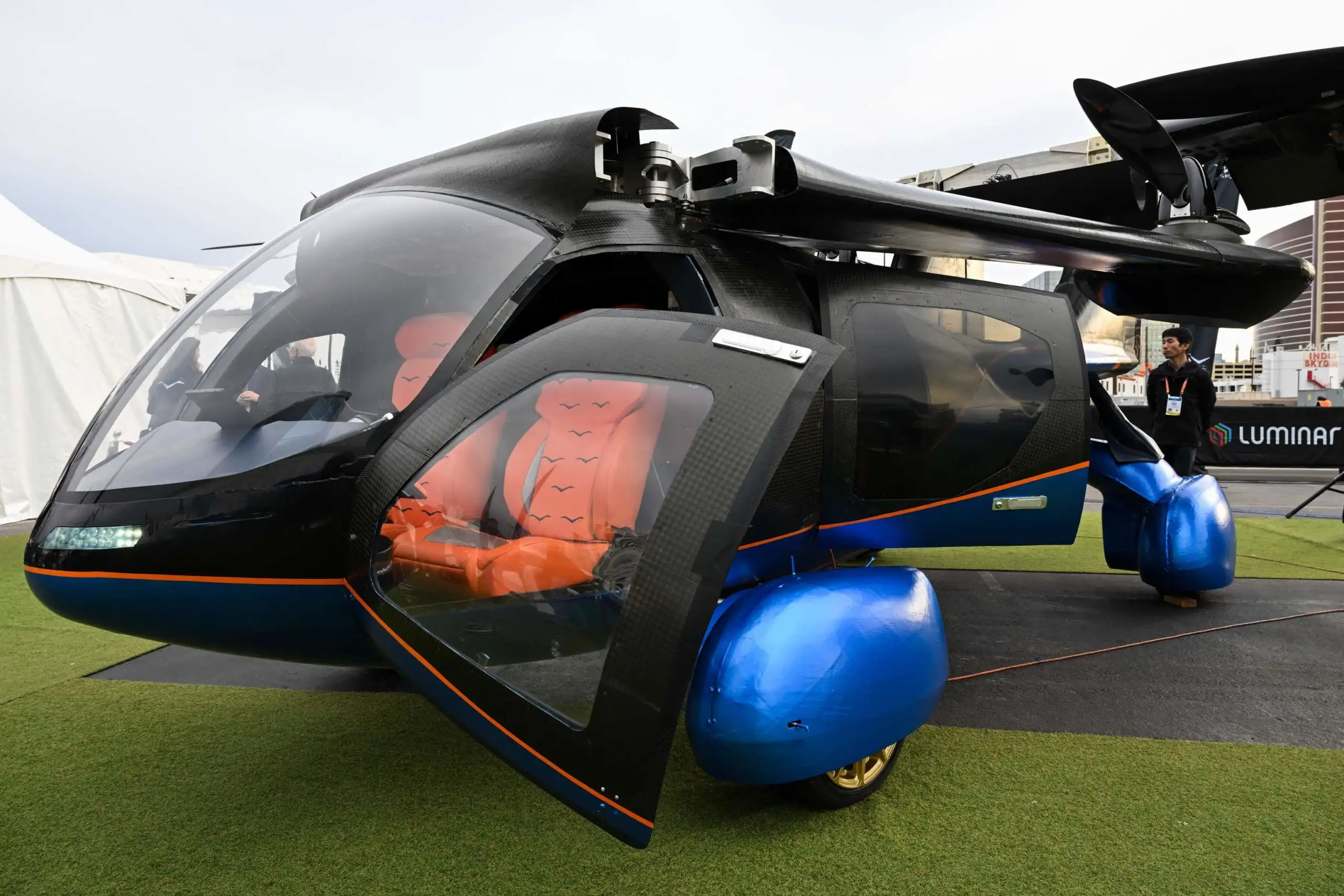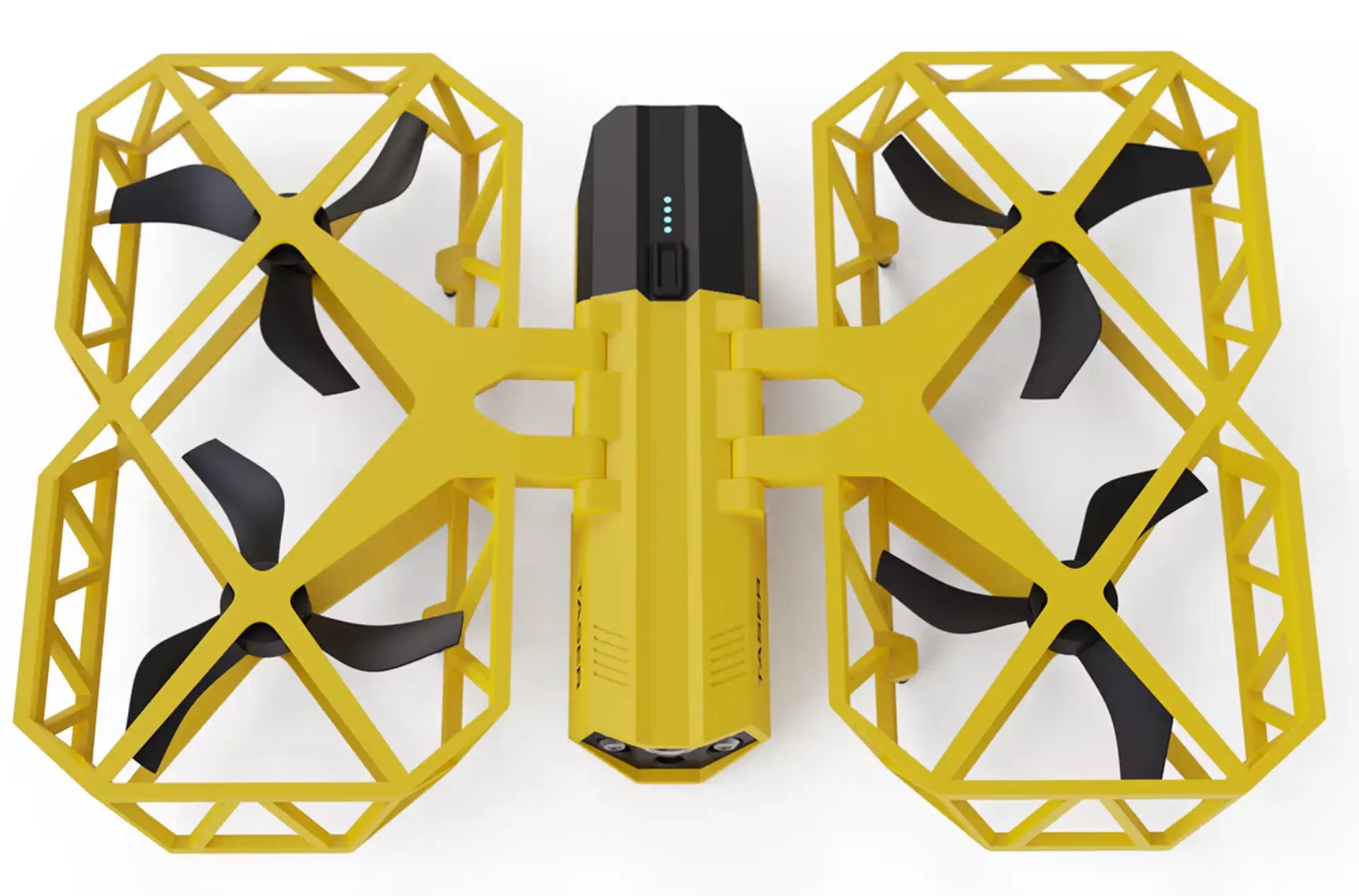Elon Musk’s most recent obsession seems to be getting to Mars.

So it may surprise you that SpaceX, his rocket company, is working to solve an all-too-familiar problem here on Earth.
Per CNBC, Starlink, the company’s satellite internet division, is working on a solution to disrupt the in-flight WiFi industry.
The in-flight WiFi market…
… is led by 2 players in the US:
- Viasat, used by Delta, JetBlue, and Virgin Atlantic
- Gogo (owned by Intelsat), used by United Airlines, American Airlines, and Alaska Airlines
Some airlines use both vendors.
The market for in-flight WiFi has massive growth potential. A recent report valued the sector at $3B in 2020 and predicted it could reach $6.7B by 2027.
That’s one reason companies have made investments to improve the product. While in-flight WiFi can be powered by towers or satellites, more and more planes have transitioned to the latter, which drastically improves connectivity.
Starlink…
… has 2 distinct advantages over competitors:
- Its satellites orbit closer to the Earth — giving them closer proximity to planes, which could mean faster WiFi speeds
- Its global network of 2k+ satellites may offer more reliable coverage, as the lag users experience is sometimes caused by moving from one satellite’s coverage to another
Starlink is also testing — and going through regulatory hurdles for — an aviation-specific antenna that allows planes to connect to its network.
If successful…
… Starlink could become an important player in a growing market and, in a rare instance for the airline industry, a favorable consumer brand.
JD Power’s 2019 airline satisfaction study found in-flight services to be the lowest ranked factor for passengers and poor connectivity is one reason why.
While Musk has been under fire lately for his intergalactic colonization plans, if he can finally solve the in-flight WiFi sh*tshow, all might be forgiven.










